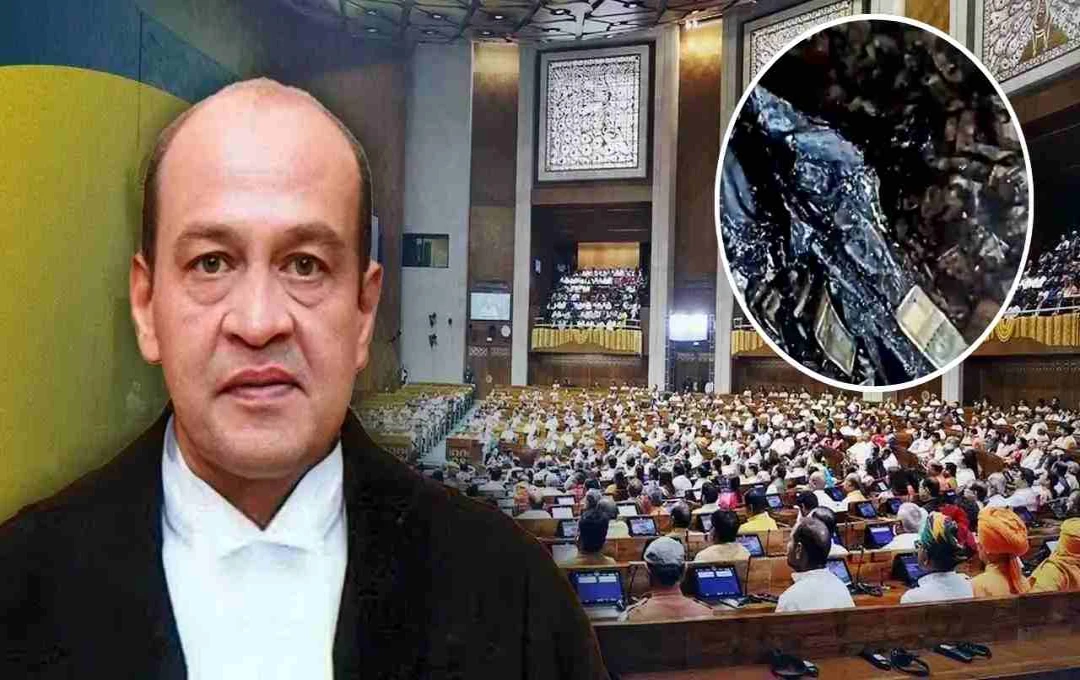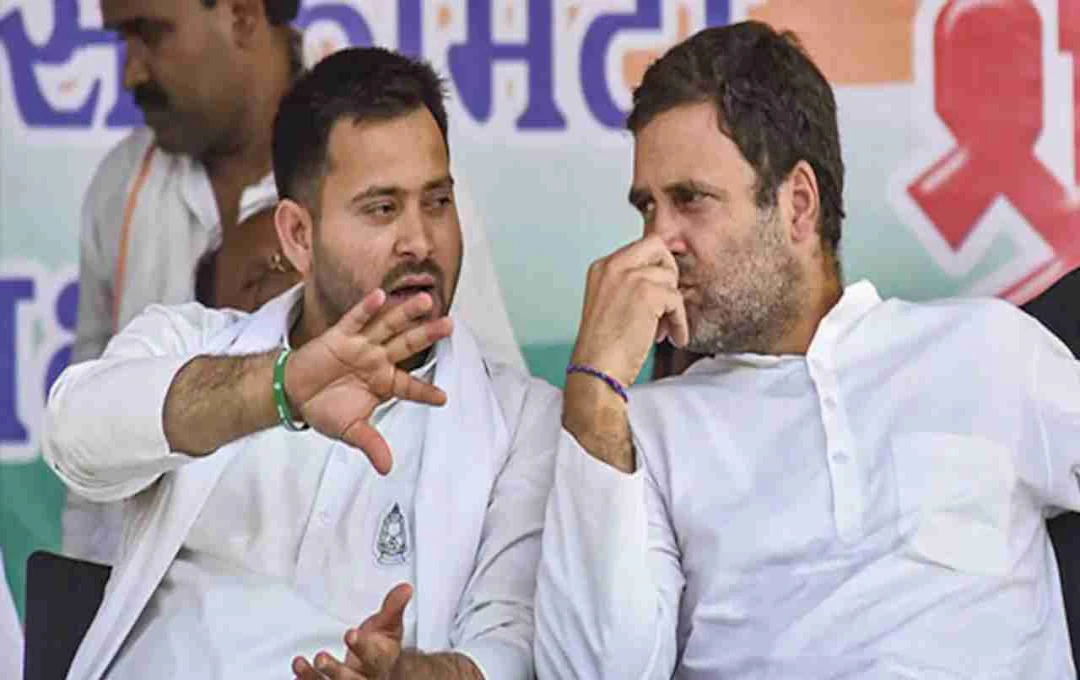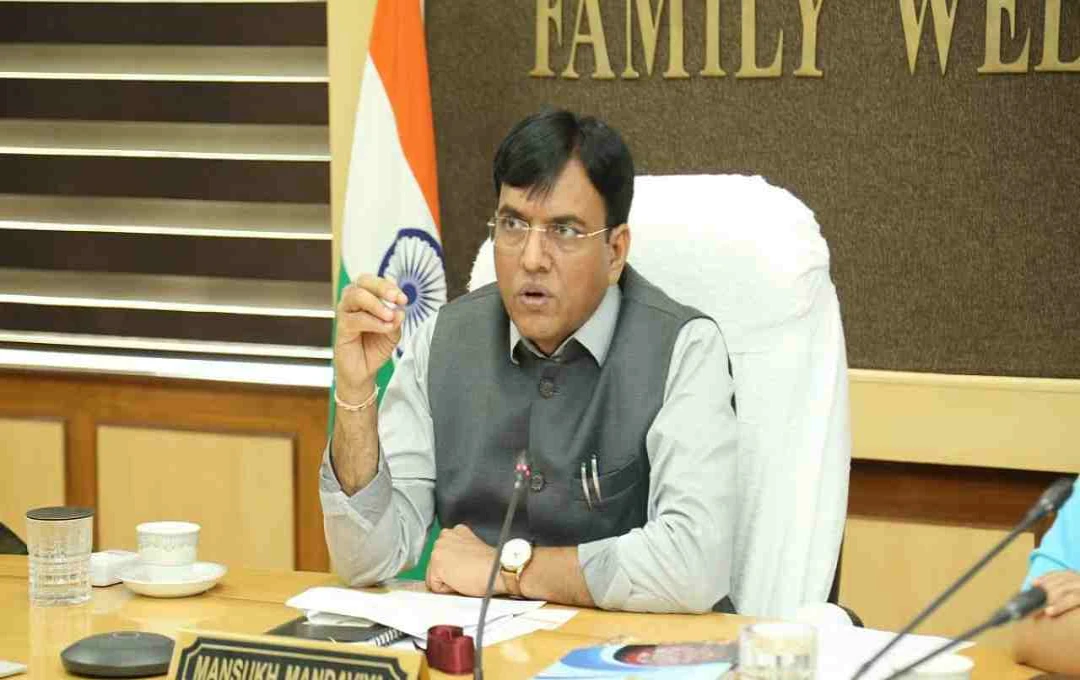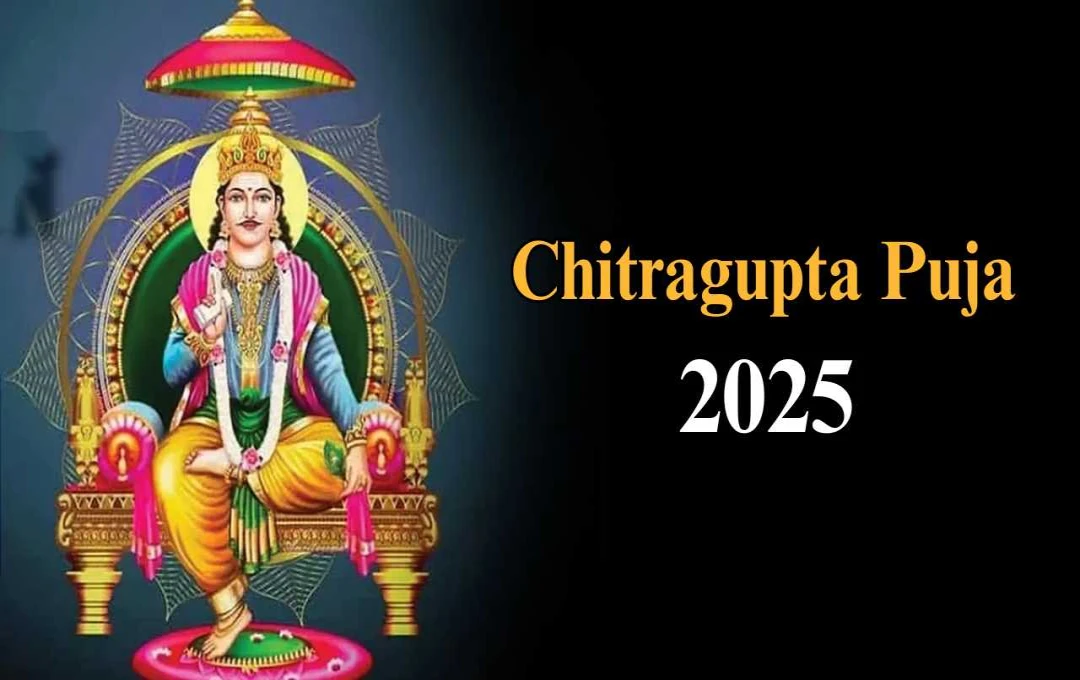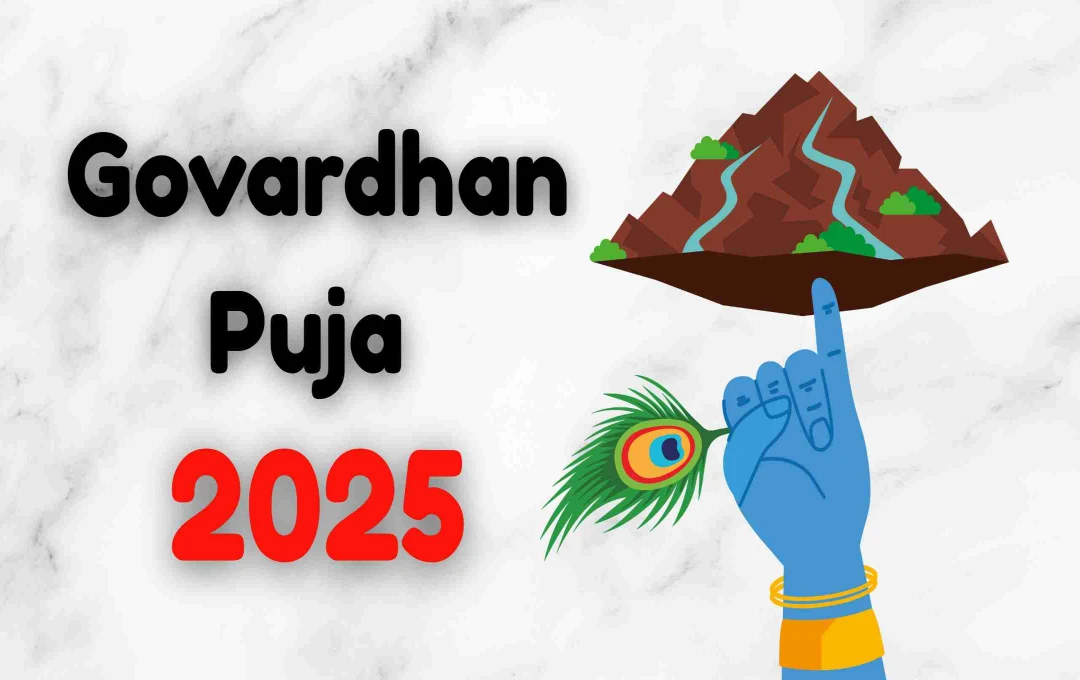The cash recovery case involving Allahabad High Court judge Justice Yashwant Verma has now reached a new turning point. The report of the investigation committee formed in this matter has been revealed, which has dismissed the conspiracy theory.
New Delhi: A historic turn seems to be emerging in the Indian judiciary. The investigation and the potential impeachment proceedings against Allahabad High Court Justice Yashwant Verma have shaken the entire legal fraternity of the country. After the investigation committee's report came out on July 9, 2025, former Supreme Court Chief Justice Sanjeev Khanna wrote to President Droupadi Murmu and Prime Minister Narendra Modi, recommending impeachment. This case challenges not only the conduct of a judge but also the foundations of ethics, transparency, and accountability in the Indian judiciary.
What is the matter?
The entire episode began on the night of March 14, 2025, when a fire broke out at Justice Verma's bungalow in Delhi. Media reports claimed that bundles of cash were found there before the fire, which later got burnt. This incident caused a sensation throughout the country. Immediately after this event, the then Chief Justice of Delhi High Court, D.K. Upadhyay, conducted a preliminary investigation. Then, on the instructions of the Supreme Court, a three-member investigation committee was constituted on March 22.
Key points of the investigation committee's report
The investigation committee dismissed the statement given by Justice Verma in which he had said that no cash was present in his house. The report stated:
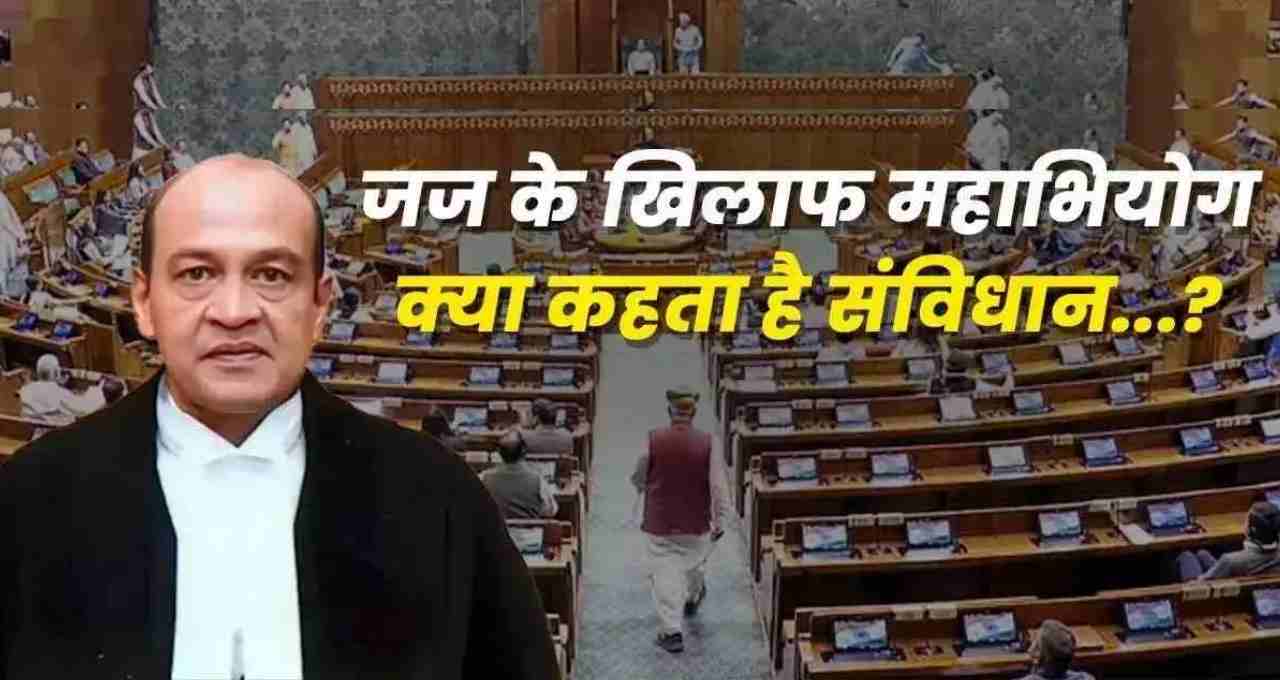
- Evidence of the existence of cash at the scene was present.
- Justice Verma never lodged a complaint with the police, which increases suspicion.
- The functioning of the Delhi Police and the Fire Department was negligent.
- No panchnama, sealing, or seizure memo was made.
- The committee concluded that the actual amount of cash did not matter, but Justice Verma's behavior and silence questioned his role.
Impeachment: A long and complex path
Under Articles 124(4), 217, and 218 of the Constitution, a judge of the Supreme Court or High Court in India can be removed through impeachment. But this process is extremely difficult and politically sensitive:
- 100 MPs' signatures are required to bring a proposal in the Lok Sabha.
- This number is 50 MPs in the Rajya Sabha.
If the Chairman (Vice President) accepts the proposal, a three-member committee is formed, consisting of a judge of the Supreme Court, the Chief Justice of the High Court, and a senior jurist. If the committee finds the allegations to be true, then the proposal must be passed by a two-thirds majority in both houses. To date, no judge has been removed through impeachment. For example:
- Justice V. Ramaswami (1993): The allegations were found to be true, but the proposal could not be passed in the Lok Sabha due to political reasons.
- Justice P.D. Dinakaran and Justice Soumitra Sen resigned before the proceedings could begin.
- The proposal against CJI Deepak Mishra was rejected by Vice President Venkaiah Naidu.
Concerns of the Parliamentary Panel
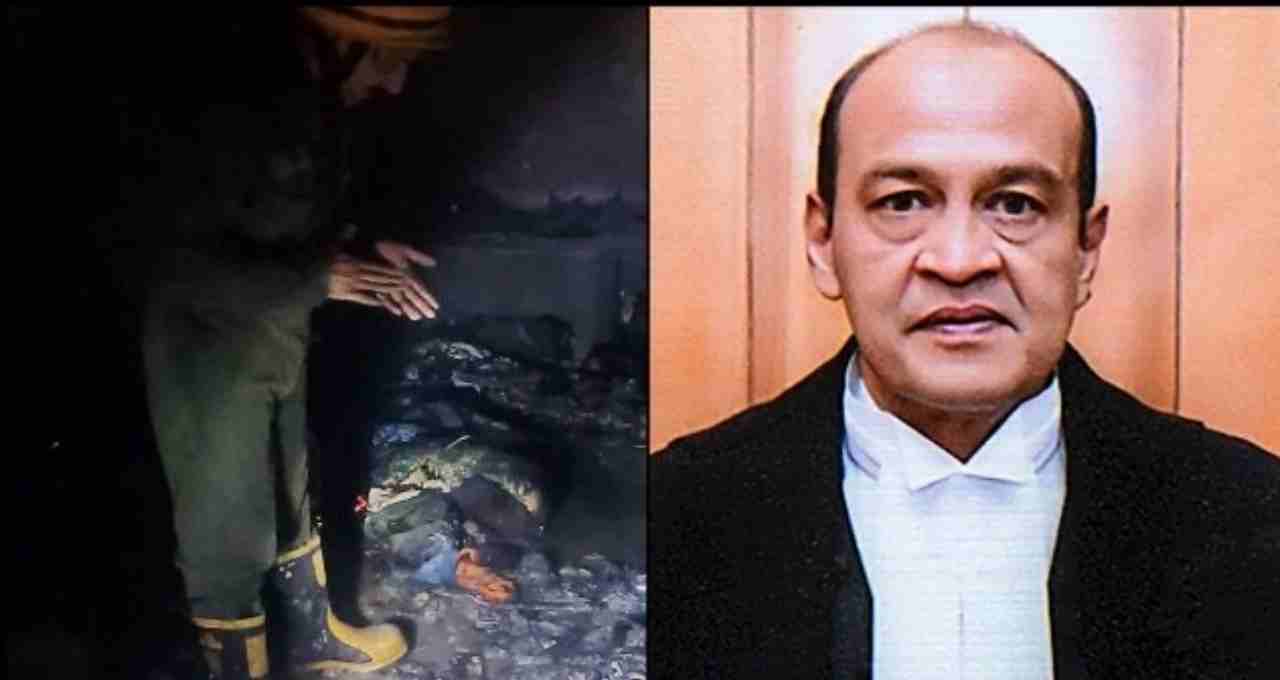
In the meeting of the parliamentary panel on June 24, 2025, the question was raised as to why the FIR had not been registered yet. The MPs demanded that:
- A Code of Conduct should be made for judges.
- Judges should not be allowed to accept any government post for at least five years after retirement.
- New parameters of transparency and accountability should be set in the judiciary.
If the impeachment process starts and proceeds in this case, it will be the first time in the history of the Indian judiciary that a judge will be removed through a constitutional process. This will initiate a new debate on the credibility, accountability, and transparency of the judiciary in the country.
